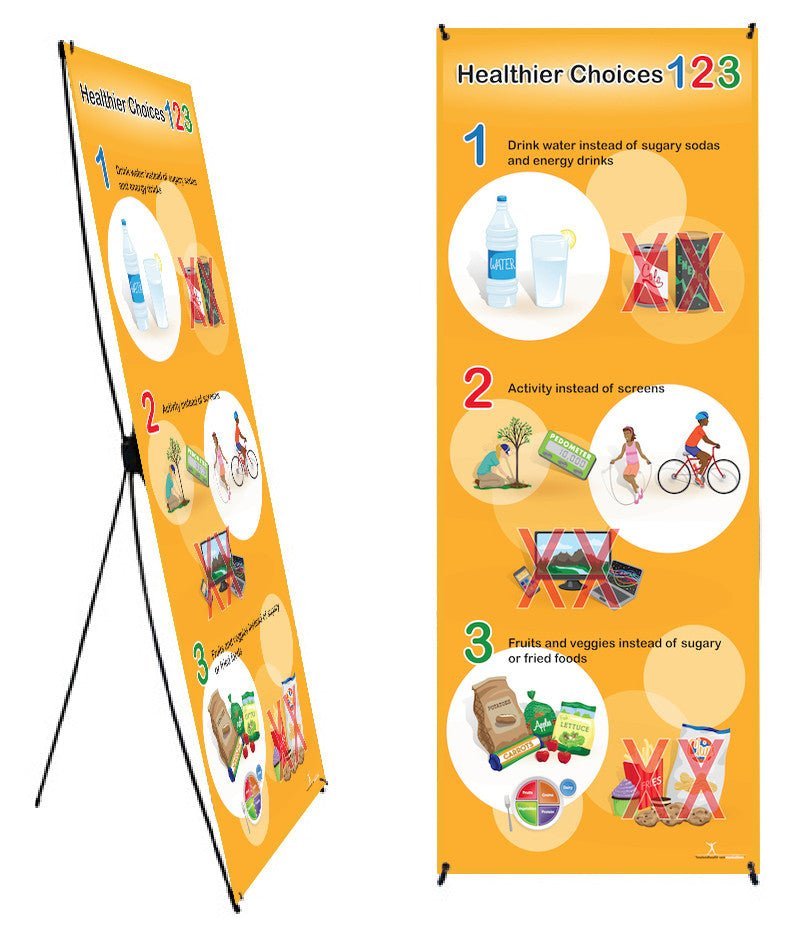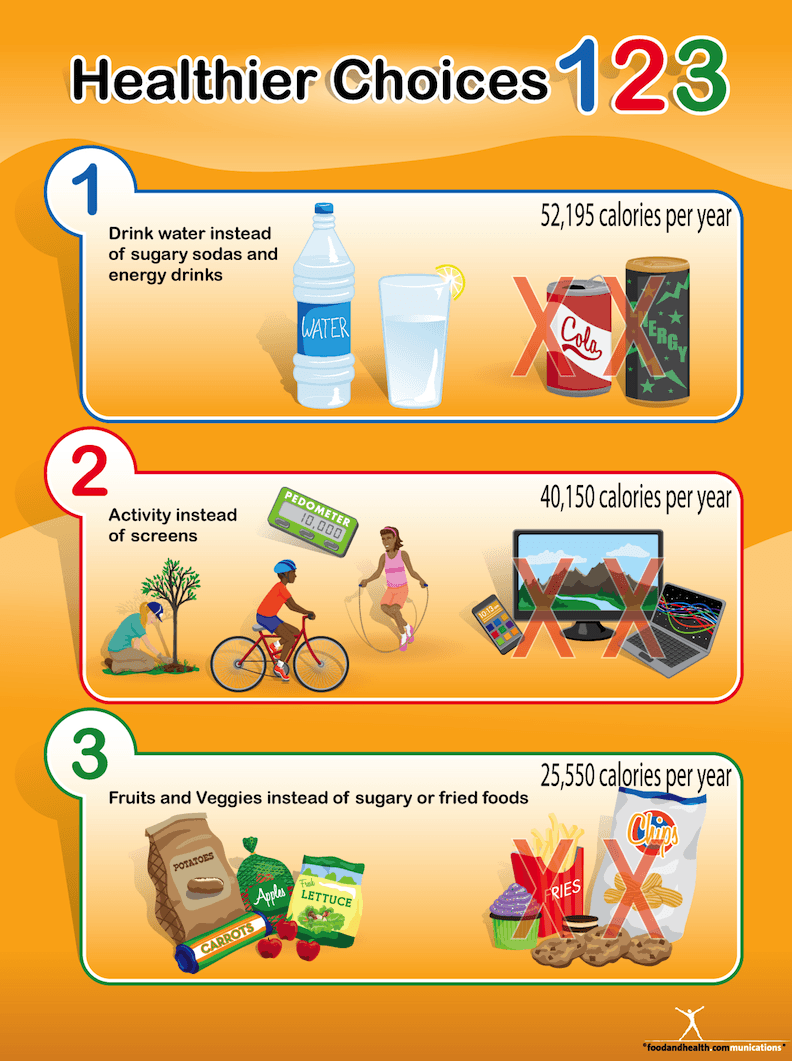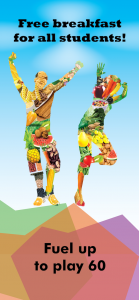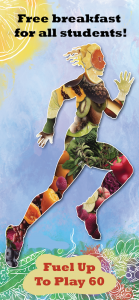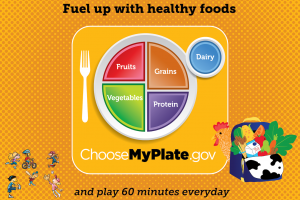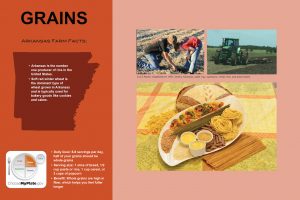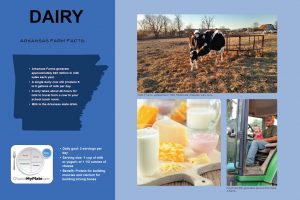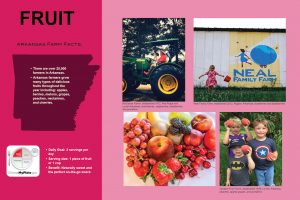Independence Day will be here before we know it. As we celebrate freedom in the United States, we have some unique materials that prompt your clients, students, or employees to consider a different kind of freedom.
Our Freedom from Chronic Disease materials inspire folks to think about their health and realize that good health can bring them freedom, now and in the future.
What kind of freedom are we talking about? Here are some examples and ideas you can use to discuss Freedom from Chronic Disease:
- Freedom from worry. Someone who has a long family history of heart disease may spend lots of time worrying about it. Would making a diet or lifestyle change now, even if it’s small, help to alleviate this worry? Maybe feeling more in control will lead them to make more healthy changes.
- Freedom from medications. Think about the money you can save by not having to take cholesterol-lowering drugs, for example. All meds have side effects, so not having to worry about that is another form of freedom that people may not consider.
- Freedom from expensive healthcare. Chronic disease means seeing specialists, undergoing tests and procedures, paying for prescriptions, and more doctor visits in general. These things are costly in dollars as well as your time.
- Freedom from high food costs. People think that healthy food costs more, but a little education can go a long way when it comes to healthy eating on a budget. Healthy food doesn’t have to be organic or gourmet!
- Freedom to do what you want to do. This is important as you get older. When you’re healthy, it’s easier to travel, play with your grandkids (or great-grandkids!), and stay independent.
Spread the word about the benefits of Freedom from Chronic Disease with posters, banners, bookmarks, and stickers!
Hollis Bass, MEd, RD, LD

Freedom From Chronic Disease Poster Fruit and Vegetable Promotion With Statue of Liberty
$22.75 $25.50
Add to Cart




